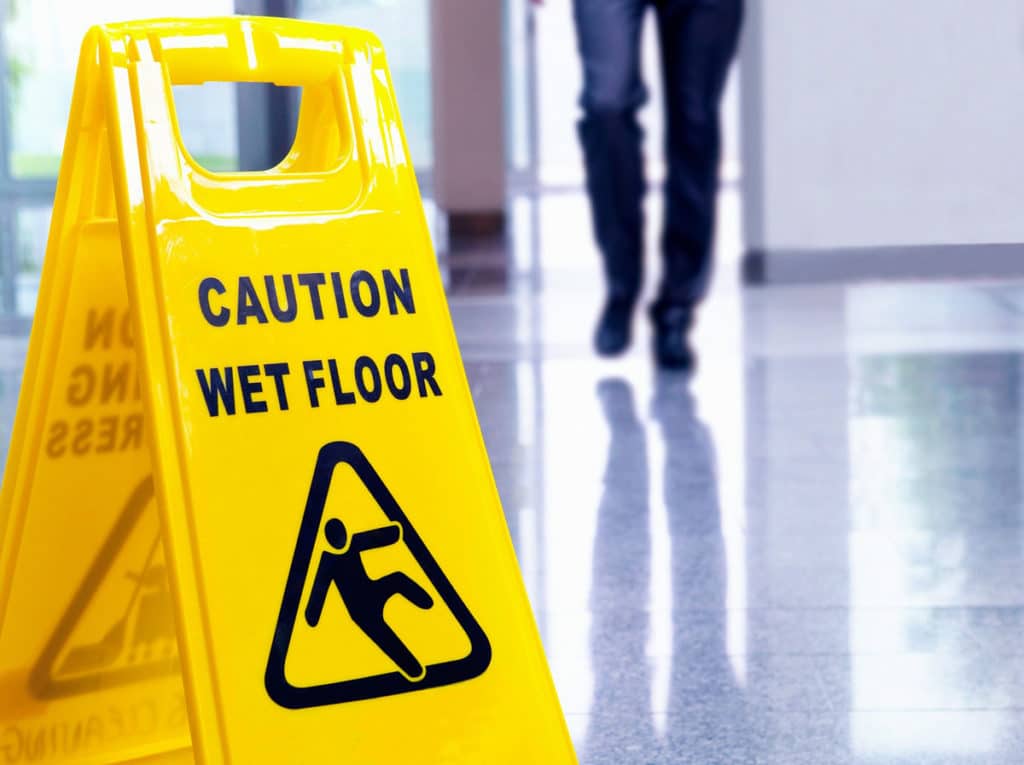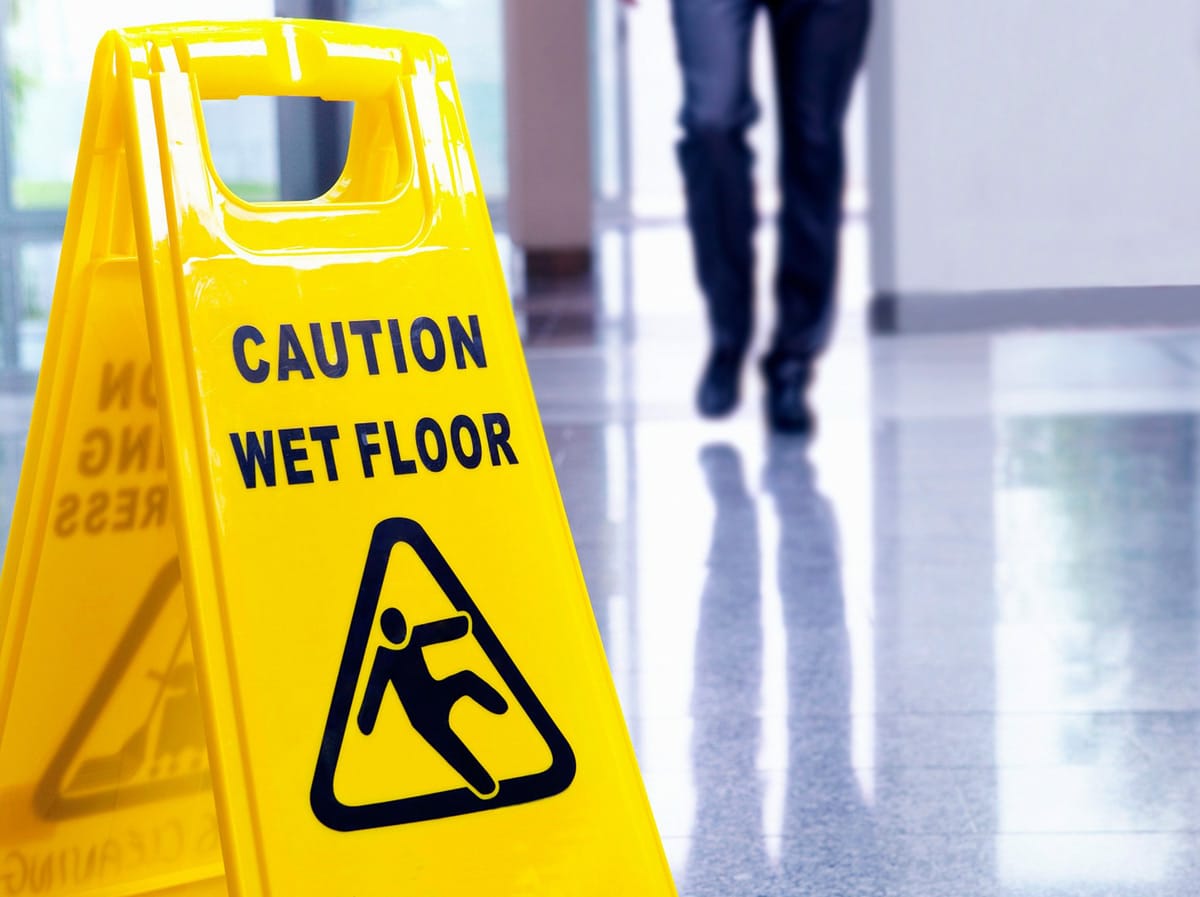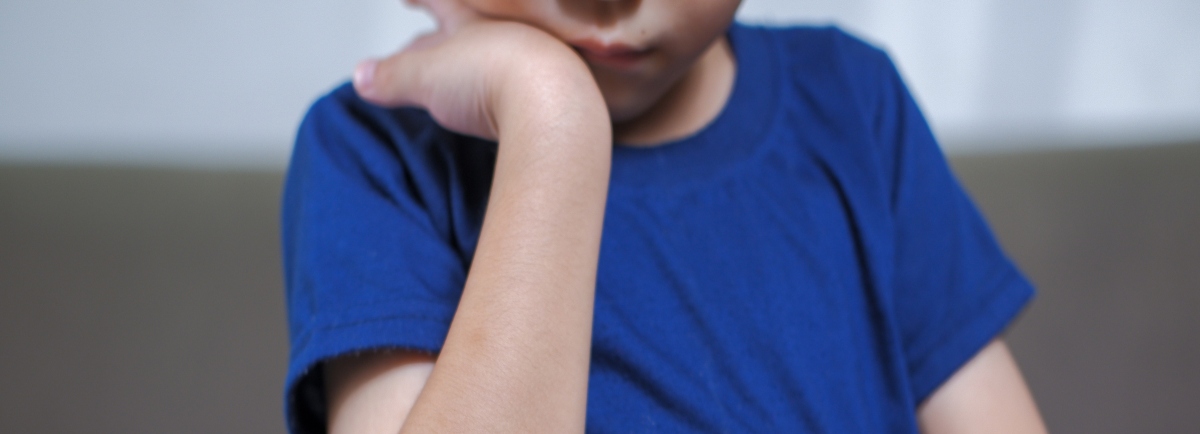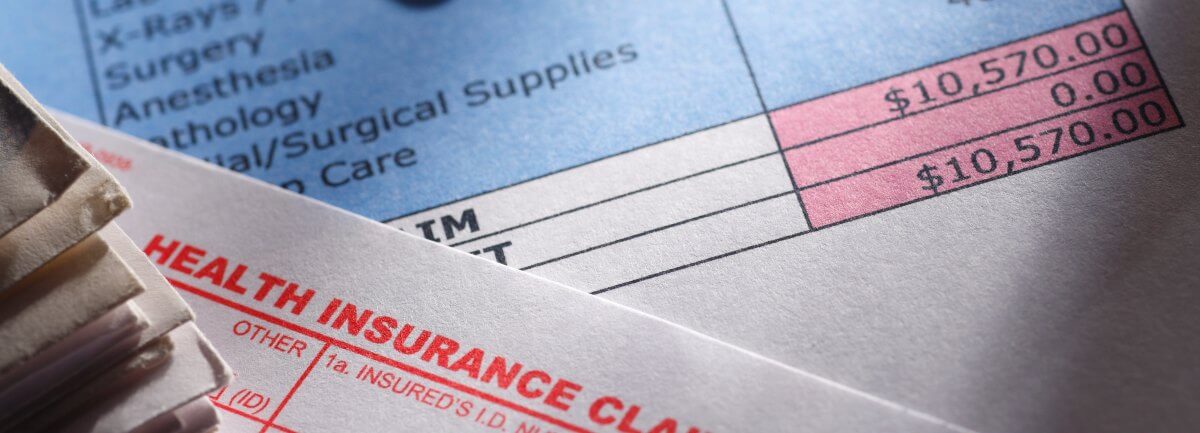What You Need to Know about Premises Liability

In June 2019, an Ohio woman won a $3 million award in a slip and fall lawsuit against Jack Cincinnati Casino. The Hamilton County Court of Common Pleas jury determined the casino had failed to maintain a reasonably safe environment for their customers.
Specifically, Jack Casino failed to “use ordinary care” for the woman’s safety. In September 2016, she tripped over a “wet floor” sign that had fallen flat on the floor. Her fall resulted in a displaced knee fracture that required surgery. The casino had no written policies for floor inspections and no response plan for trip and fall hazards. Video footage showed a casino employee walked around the fallen sign only seconds before the guest’s accident.
A fall is the number one reason for nonfatal, unintentional visits to the emergency room; in 2017, nearly 8.6 million falls led to emergency room visits for Americans. Slip and fall accidents take many forms and occur in a variety of locations. The accident might occur in a casino, a grocery store, a public sidewalk, or someone’s home. A wet floor, torn carpeting, or dim lighting are examples of conditions that can cause someone to slip and be injured. What they have in common: someone fell and suffered some injury on a property (or “premises“) owned by some person or entity.
Statute of Limitations
A “statute of limitations” sets the timeframe allowed for someone to file a lawsuit in a case. Most slip and fall accidents will be subject to personal injury claim statutes. Ohio’s laws require “an action for bodily injury or injuring personal property shall be brought within two years after the cause of action accrues.” In other words, if you suffered injuries in a slip and fall you believe to be someone else’s fault, you must file your case within two years of the accident.
Comparative Negligence
Ohio statutes follow a modified comparative negligence rule when determining damages owed. “Negligence” is the failure to exercise an appropriate and reasonable level of care for the given circumstances. The damages you are allowed to recover are reduced by your own percentage of negligence.
If you are more than 50 percent at fault, you are not entitled to any award. For example, if you fall and injure yourself on someone’s premises, but you were texting on your phone and not paying attention to your surroundings, you could be found negligent as well. If your negligence contributed 20 percent to your fall happening, then a court verdict or settlement award would be reduced by 20 percent.
Determining Liability
Injuries from falls are among the most expensive medical conditions, with an average hospital cost of over $30,000. Just because you fell on someone’s property does not mean that someone has liability for your injuries. For a property owner to be determined responsible in a slip and fall case, you must prove your accident was caused by a dangerous condition that the owner knew or should have known about.
You must show at least one of the following was true:
- The owner caused the dangerous condition
- The owner knew the condition existed but negligently failed to correct it
- The condition existed long enough that the owner should have known about and corrected it.
Slip and fall accidents fall under the category of personal injury laws covering premises liability. Though the details and circumstances of all cases are unique, common legal standards apply. Ohio slip and fall cases generally follow the laws and considerations below. For a more thorough discussion specific to your situation, contact a Cleveland injury lawyer from Friedman, Domiano & Smith for a free consultation.
Comments are now closed




Comments